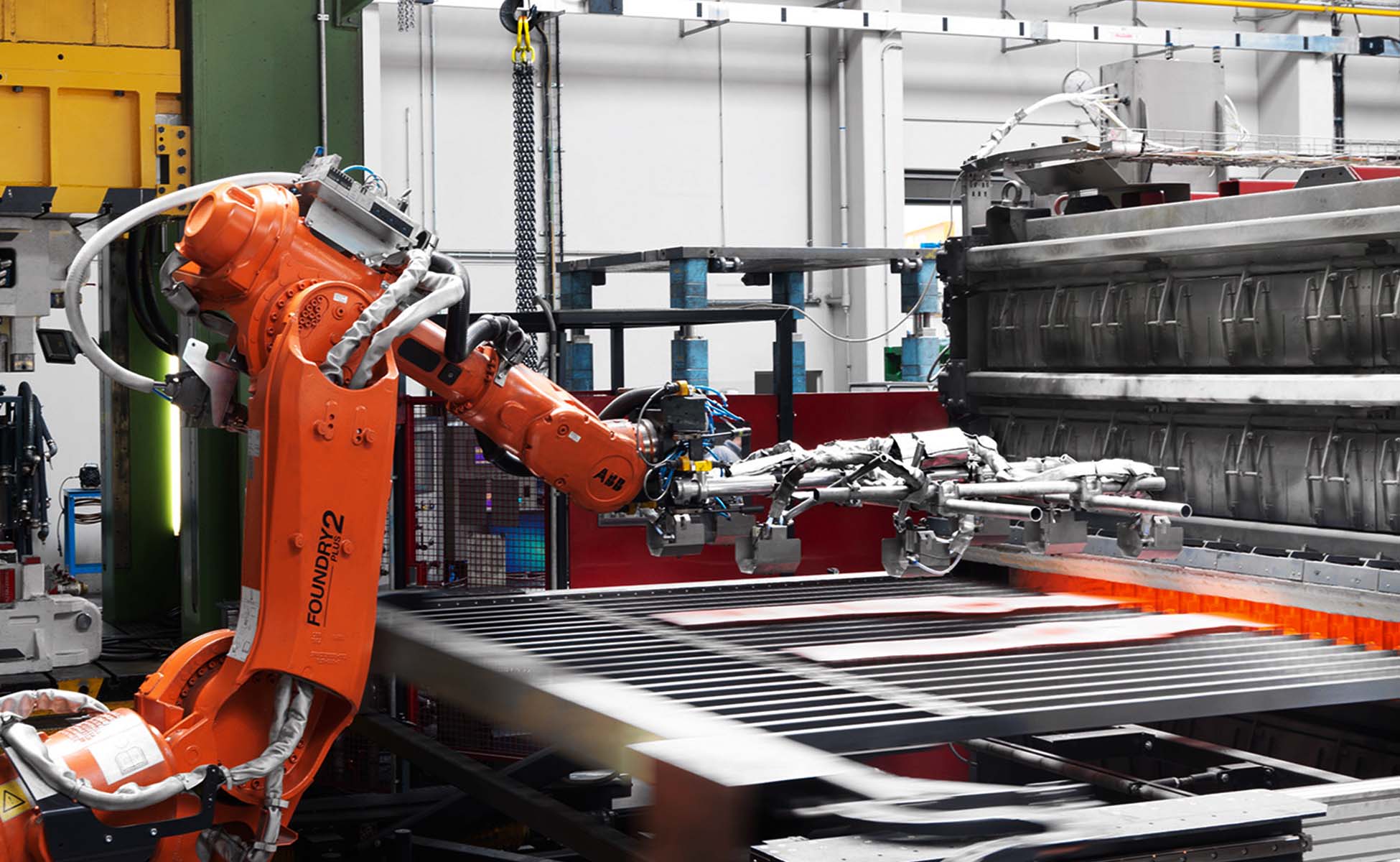Hot forming, also known as press hardening, has become an indispensable technology in the automotive industry. Its advantages in terms of weight reduction, improved safety, material savings, energy efficiency and design freedom contribute to meeting the increasing demands for lightweight construction, safety and efficiency. The automotive industry relies on this innovative method to achieve ecological and economic goals.
The Advantages of Hot Forming
- Weight Reduction with Consistent Strength
- Improved Safety
- Improved Material Utilization
- Energy Efficiency and Environmental Friendliness
- Versatility and Freedom of Design
Weight Reduction with Consistent Strength
Hot forming or press hardening enables the production of components with complex geometries from high-strength steels. By selectively heating the blank and subsequent forming, thin-walled structures can be created that also have high strength and rigidity. This leads to a considerable reduction in the weight of the components without compromising the required strength.
Improved Safety
Another advantage of hot forming is the optimization of vehicle safety. Components with improved crash safety can be produced through targeted forming and the use of high-strength steels. Hot forming enables the design of reinforcement structures and energy absorption zones that provide optimum protection for occupants in the event of an accident.
To enable the optimum energy absorption zone in a component, weba Werkzeugbau has developed an innovative SoftZone technology. This integrated technology in the forming tool enables the targeted production of areas with increased ductility. In the event of a crash, the energy can be precisely absorbed at a specific position in the body. This helps to control the failure of the body in the event of a crash and prevents the passenger cell from being deformed and the safety of the occupants from being compromised.
Improved Material Utilization
Hot forming or press hardening is characterized by high material utilization. Targeted heating of the formed blank results in better formability and minimizes material losses and efficient use of resources.
Energy Efficiency and Environmental Friendliness
The weight reduction of vehicle components through hot forming leads to reduced fuel consumption and improved energy efficiency. This helps to reduce CO2 emissions and minimize environmental impact. In view of the increasing environmental awareness in the automotive industry, hot forming therefore plays a decisive role in the development of more environmentally friendly vehicles.
Versatility and Freedom of Design
Hot forming offers great flexibility in the production of components with complex shapes and geometries. By adapting the forming parameters and tool design, innovative and sophisticated components can be realized. This creative freedom opens up new possibilities for vehicle design.
